Patient Data

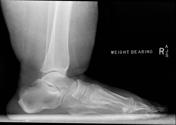
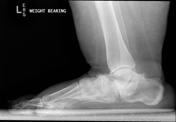
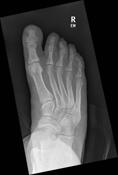
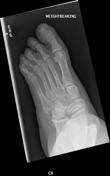
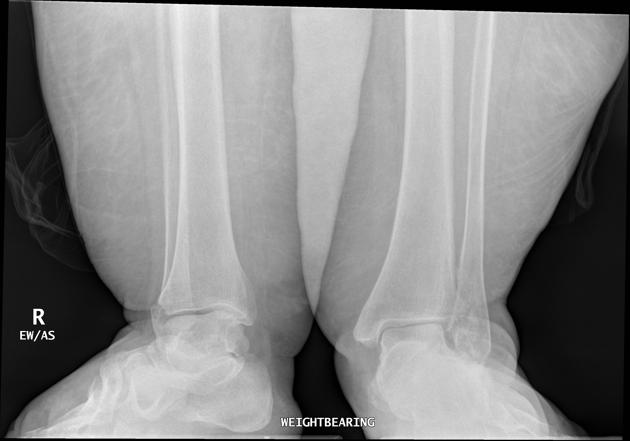
Marked obesity is evident by the excessive soft tissue. Right forefoot varus is present with convergence of metatarsals bases (AP) and plantarflexed 5th metatarsal on the lateral view. Normal right talometatarsal axis on the lateral view. Left Pes planus deformity is present with pronounced arthritic changes in the mid-tarsal joints. Syndactyly/clinodactyly deformities of the bilateral 4th/5th proximal and distal phalanges are known to be associated with chromosomal aberration.
Case Discussion
Prader-Willi syndrome is caused by gene deletion or partial deletion of chromosome 15 (q 11–13). Children with Prader-Willi syndrome have an intense craving for food (hyerphagia), which results in morbid obesity and predispose to type II diabetes, high blood pressure and early degenerative joint disease as evident in this case.




 Unable to process the form. Check for errors and try again.
Unable to process the form. Check for errors and try again.